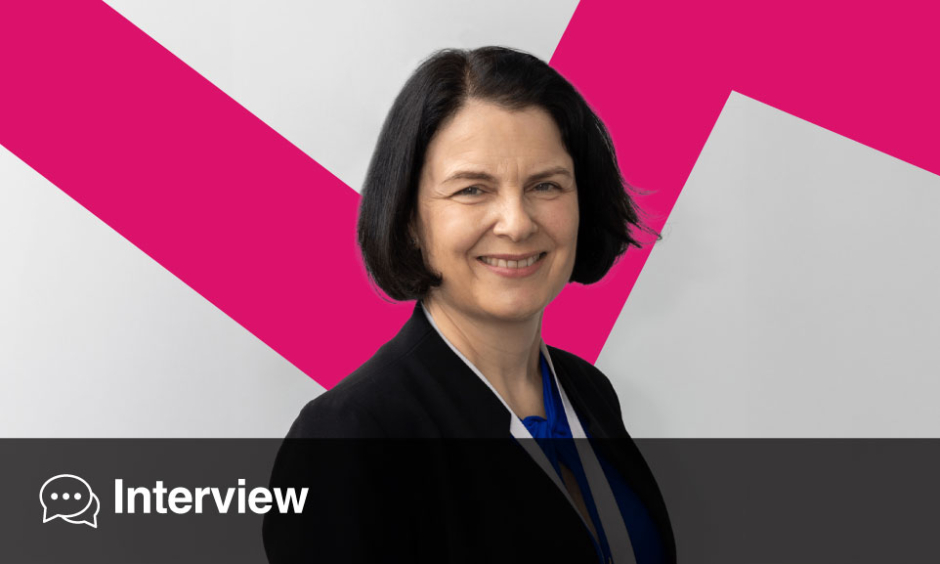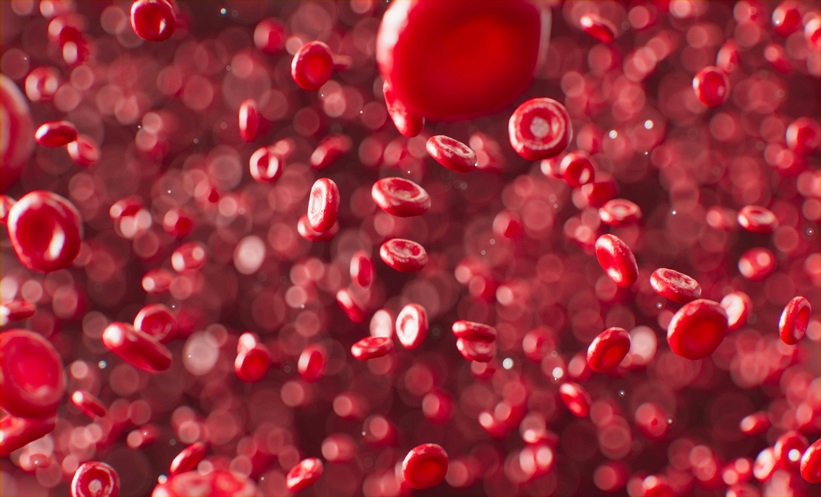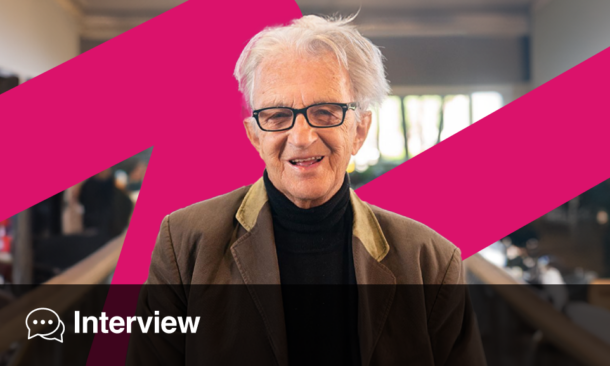Author: Jivitesh Newoor, EMJ, London, UK
Citation: EMJ Hematol. 2023;11[1]:19-22. DOI/10.33590/emjhematol/10301924. https://doi.org/10.33590/emjhematol/10301924.
![]()
ALLOGENEIC STEM CELL TRANSPLANTATION IN SICKLE CELL DISEASE
Sureda introduced Jean-Hugues Dalle, Robert Debré Hospital, Paris, France, who discussed the role of allogeneic stem cell transplantation in SCD. They explored the prevalence of SCD, describing it as the “most frequent rare disease” worldwide, with over 120 million carriers across the globe. Additionally, Dalle examined the pathophysiology of SCD, a monogenic disease characterised by the polymerisation of deoxygenated haemoglobin, resulting in the sickle-shaped red blood cells. Dalle affirmed that the erythrocyte alteration leading to haemoglobin S polymerisation is just one aspect of the complications associated with SCD, while a significant portion of the problem remains hidden, involving a complex and multi-step process that affects multiple cell types.
Dalle proceeded to discuss the clinical manifestations of SCD, which evolve with age, detailing the acute and chronic phases. In cases where the acute and chronic phases overlap, the initial approach focuses on symptomatic relief. However, chronic transfusion may be considered, particularly for patients with cognitive and cerebral impairments. More recently, drug therapies such as voxelotor and crizanlizumab have shown promise. Nonetheless, Dalle emphasised that these treatments primarily address the symptoms rather than providing a cure. Excluding gene therapy, haematopoietic stem cell transplantation (HSCT) is recognised as the only curative approach among the available treatment options.
The session then focused on various publications centred around transplantation in SCD. A prominent article by Walters et al.,1 published in 1996, which defined the eligibility criteria for transplantation in children with SCD, was explored. Dalle highlighted that literature indicates young patients with symptomatic SCD and a human leukocyte antigen (HLA)-matched sibling donor should undergo transplantation at the earliest opportunity. Transplantation using related bone marrow or cord blood donors should only be considered if at least one of the indicators suggested by Walters et al.1 is present, and such transplants should be performed within controlled trials in experienced centres.
Dalle detailed a study conducted by Gluckman et al.,2 which included over 1,000 patients who underwent HLA identical sibling donor HSTC in 94 centres across two countries between 1986–2013. Most patients (87%) received a bone marrow transplant after a conditioning regimen. The 5-year overall survival rates were 96% for patients who received a bone marrow transplant (n=835), 100% for those who received sibling cured blood (n=75), and 79% for patients who underwent peripheral blood transplantation (n=73). Additionally, 5-year event free survival was reported as 81%, 90%, and 73%, respectively.
The literature indicates that allogeneic HSCT from sibling donors has yielded successful transplant outcomes; however, several challenges and questions still remain. These include strategies to reduce toxicity, mitigate long-term side effects in children, enable HSCT in adults with comorbidities, expand indications for transplantation, and offer HSCT to patients without sibling donors. Lastly, a significant question remains regarding how to overcome the exclusion criteria established by Walters et al.1 in 1996, mainly how indications can be expanded to minimise toxicity in children, and provide HSCT to older patients with comorbidities who have available matched sibling donors.
Dalle discussed the encouraging results of HSCT using a healthy sibling donor without the need for total body irradiation-free conditioning regimen, which is considered the gold standard for young patients without significant comorbidities. Other forms of allogeneic HSCT are still in the developmental stage; however, the balance between potential benefits and risks must be carefully evaluated by a multidisciplinary team.
Regarding gene therapy, Dalle acknowledged its promising potential, but noted that it is still in the early stages of application. Many questions and uncertainties regarding its implementation and long-term outcomes remain to be addressed.
GENE THERAPY AND GENE EDITING IN PATIENTS WITH SICKLE CELL DISEASE
Gribben introduced Franco Locatelli, Catholic University of the Sacred Heart, Rome, Italy, who commenced by discussing the fundamental role of autologous stem cells in ongoing gene therapy and genome editing trials. The benefits of gene therapy were outlined, such as the ability for patients to serve as their donors, eliminating the need for an HLA-identical donor.
Locatelli listed the treatment-associated risks, which largely align with those typically associated with a myeloablative autograft. Therefore, this therapy can be considered for patients who are currently unsuitable candidates for allografts, namely late adolescents and adults. However, there are certain limitations to this approach. It requires the use of a myeloablative regimen to eradicate the patient’s haematopoiesis, resulting in inherent toxicity to the gonads and certain organs, predominantly the liver and lungs. Currently, this cannot be offered to patients with impaired haematopoiesis or pre-existing severe organ damage.
The presentation explored the use of betibeglogene autotemcel, which involves introducing modified copies of the HBB gene into the haematopoietic stem cells of patients with SCD using the BB305 lentiviral vector through transduction of autologous CD34+ cells.
Locatelli discussed exagamglogene autotemcel (exa-cel) as a cell product consisting of autologous CD34+ HSPCs modifying using non-viral, ex vivo CRISPR-Cas9 technology. Infusion of exa-cel increases foetal haemoglobin to levels similar to hereditary persistence of foetal haemoglobin, thereby preventing the need for red blood cell transfusions and eliminating vaso-occlusive crises (VOC). The benefits of elevated levels of foetal haemoglobin are associated with reduced morbidity and mortality in individuals with SCD.
CLIMB SCD-121, a pivotal Phase 3 trial aimed at evaluating the elimination of VOCs following exa-cel infusion in patients with severe SCD, was explored. The inclusion criteria included the diagnosis of severe SCD; age of 12–35 years; βs/βs, βs/β0, or βs/β+ genotype; and history of ≥2 VOCs per year in the 2 years prior to screening. Participants who completed the CLIMB SCD-121 trial were eligible for enrolment in the follow-up study, CTX001-131, which aimed to evaluate the long-term safety and efficacy of exa-cel.
The primary efficacy endpoint measured the proportion of participants free from severe VOCs for at least 12 months. The key secondary efficacy endpoint assessed the proportion of participants free from inpatient hospitalisation due to severe VOCs for at least 12 months. The results were based on a pre-specified interim analysis outlined in the protocol. The full analysis set included all enrolled participants who received exa-cel infusion. The primary efficacy set included all participants who were followed for at least 16 months after the exa-cel infusion, making them assessable for the primary and key secondary endpoints. The pre-specified interim analysis was conducted when the primary efficacy set reached approximately 17 participants. Among the participants in the primary efficacy set, 94.1% were VOC-free after exa-cel infusion. For those who were free from severe VOCs for at least 12 months, the duration of VOC-free period ranged from 13.1–36.5 months, with a mean of 18.7 months.
There were early and sustained increases observed in total haemoglobin and foetal haemoglobin throughout the pancellular distribution, following the exa-cel infusion. At Month 3, the mean foetal haemoglobin level was 36.8%, which was subsequently maintained at approximately 40.0% during the follow-up period. The mean total haemoglobin level was 12.0 g/dL at Month 3, and remained at or above 11.0 g/dL throughout the follow-up period. Notably, Locatelli emphasised the significance of establishing comparable clinical endpoints when evaluating curative genetic therapies for SCD.
In their closing remarks, Locatelli underscored the promising and potentially curative nature of both gene addition therapy and genome editing for individuals with SCD.
These approaches have the advantage of being applicable to any patient with a preserved haematopoietic reservoir and limited organ damage. The role of genome editing in paediatric patients will be further defined through future studies. It is crucial to thoroughly investigate the long-term safety profile of gene addition therapy and genome editing.
CONCLUSION
The session provided key insights on the role of allogeneic stem cell transplantation, gene therapy, and gene editing in treating patients with SCD, along with their advantages and challenges. Future studies are required to decipher the role of these therapies, explore their safety profiles, and expand on their indications.







